COVID times have been strange and it's strange not to be asked "so what race are you training for?" The absence of this simple question is because of the lack of seeing one another and the lack of races available due to social distancing guidance. This raises several more questions…
When will we be back to racing? What will races look like? If I'm not racing, am I still a triathlete? Cyclist? Runner? Athlete? If I don't have a race on the calendar, how do I structure my workouts?
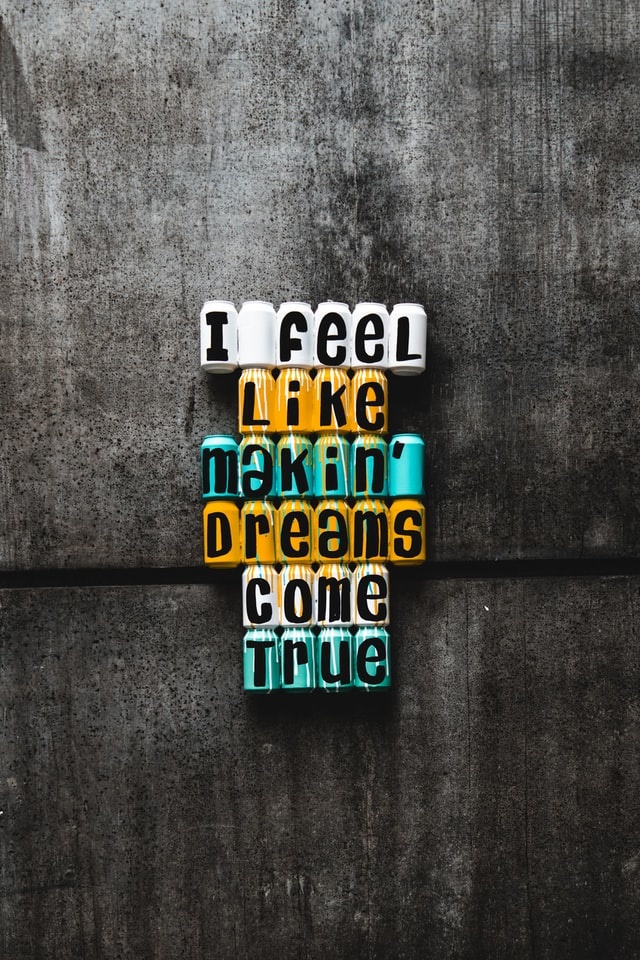
(Photo by Peter Fogden on Unsplash)
During these times, it is a great opportunity to step back, assess why do what you do and to set goals which are performance specific instead of event specific. In the long run, this will make you an overall stronger competitor.
Let's start with the question "Am I still a triathlete? Cyclist? Runner? Athlete?"
The answer is, Yes you are! If you get up and do the work, you are what you do. So own it! Your self-image has a profound effect on your performance. Tim Gallwey says it best in The Inner Game of Tennis by stating "I know of no single factor that more greatly affects our ability to perform than the image we have of ourselves."
So, how can you change your self-image?
In the book Thinking body dancing mind by Jerry Lynch, there is a quote "Human beings, by changing their inner beliefs of their minds, can change their outer aspects of lives." This is a great power that we possess as humans that is often overlooked when we are training towards specific goals. There are two practices you can add into your daily routine which will help you to shift your mindset into a positive direction.
The first is as simple as an affirmation.
If you need help believing that you are a runner or maybe it needs a qualifier, a "fast" runner, try an affirmation to shift your mindset. No matter how slow you think you are, you are faster than someone. So each day, repeat to yourself "I am a runner!" or "I am a FAST runner!"
Then you can take it to the next level by writing it on a sheet of paper and posting it to places around the house. Keeping a training log is a very productive tool for many reasons. Your affirmations should be in this as well! And my advice is to dress the part. You may have a "power suit" for work so why not have a "power suit" for working out. If are confident in what you wear, this will translate to how you perform.
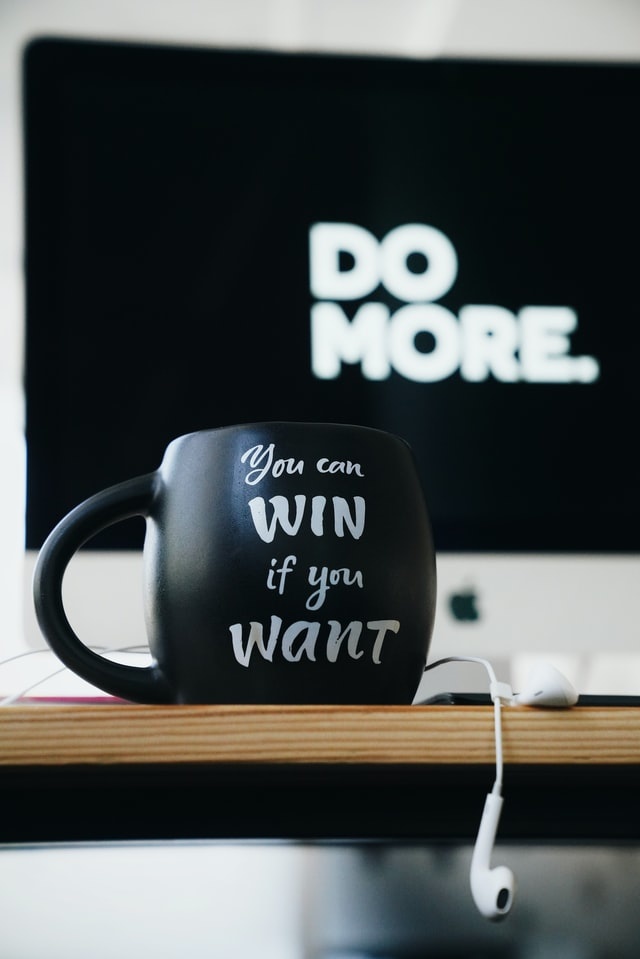
(Photo by Emma Matthews Digital Content Production on Unsplash)
The second practice of self-image is Visualization.
Lynch states in his book, "What you see in your mind's eye can strongly influence your beliefs and achievements." Furthermore, "Our central nervous system does not distinguish between real and imagined events: it sees and accepts all images as if they were real." Isn't that powerful!! It's almost a super power! So let's take advantage of this cool trick.
Here are the steps:
- Find a quiet place where you won't be disturbed (challenging for some in these times with the family home ALL THE TIME!)
- Close your eyes and take 5 deep abdominal breaths.
- Relax and clear your mind of distractions.
- Imagine yourself running (or swimming or cycling or playing piano.. Whatever you're goal is) Imagine you're going down a road or in a park or on a trail. Be specific. Imagine yourself having perfect form with loose face muscles. Your breathing Is relaxed and comfortable. Imagine you are pushing yourself but yet you seem to feel as if you can sustain this forever.
- Practice affirmation and visualization every day.
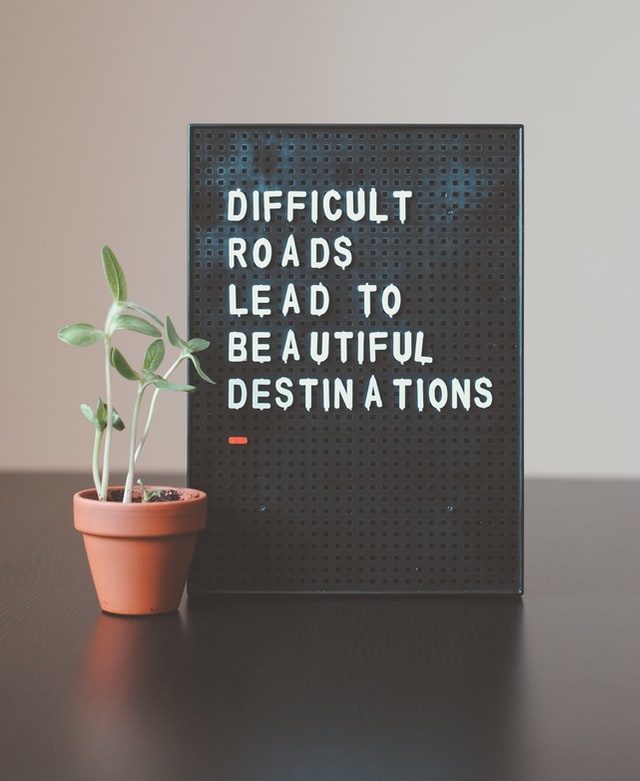
(Photo by Hello I'm Nik)
How do you come up with non-race specific goals?
Often times people will set goals such as finishing their first 5k or qualifying for a race by placing in a different race. These are great goals in typical years but this year, those are not attainable. There is another way to set goals and they do not depend on a race or the conditions during race day. These type of performance goals provide a benchmark that will allow you to grow relative to you abilities today and keep you motivated to set future goals.
Let's start with the basics. This might be review or you might not have thought of using it for your athletic pursuits. I'm talking about SMART goals. This is Specific, Measurable, Attainable, Relevant and Time-Bound. Even if you have a goal of completing your first 5k, this is not a SMART goal. Adding more context will provide a framework for you to achieve that goal and provide feedback through the time frame to achieve that goal.
SMART Goals defined:
(I borrowed some of this from https://www.mindtools.com/pages/article/newHTE_90.htm)
Specific -
You need direction and clarity. This will help when you're losing motivation or are working through challenging phases on your journey to achieving your goal. This will also allow for you to visualize your success along the way.
Measurable -
Even if you were training for a race-specific event, measuring your progress along the way will provide feedback to boost your confidence or help you understand where you need to improve. Now there are a ton of tools available to measure your performance through apps like Strava or your wearable technology like Garmin or Wahoo. Virtual workouts provide feedback if apps are used.
Attainable -
With races on hold for the time being, setting a goal to become an ironman is not achievable, for now. But, you can work towards milestones to get you one step closer to achieving that long-term goal. Are you fast enough to meet the cutoff times? Maybe work on your speed goals. Do you have the endurance to get there? If not, work on increasing your overall workout distances gradually. If you set goals that are too challenging, you will not see the progress and will be deflating. If your goals are too easy, then you will reach them and have to set goals that provide more motivation to get up and get going.
Relevant -
During the pandemic, it is so important that we use our focus on things that bring us joy. Set goals related to things you actually enjoy doing. You'll get a double boost from doing something you enjoy and see yourself getting better.
Time-bound -
Set a deadline. We don't have races to provide this timeframe for us so we have to be clever. Maybe you spend 2 months working on your run then the next two months working on your bike and try to sustain the accomplishment you have made on your run. Time is a weird phenomena these days with out social obligations pulling us in multiple directions but yet time still seems to fly by. Harness the time because you'll probably never have a year like this again where you have the flexibility to focus on what you want to improve.

(Photo by Emma Matthews Digital Content Production on Unsplash)
Breaking down goals to micro-goals or objectives
Now the trick is to break down a goal that you expect to accomplish over a long time into micro-goals that you can achieve and celebrate along the way! These are smaller milestones that you can check off as you complete them. An example is if your goal is to run a 10k under 38:30, then set your first objective to be running an 8K or more at 30 minute race-pace effort within 2 months. Then, in 3 months, aim to run a 10k in 35:50. Your goals can have multiple objectives. Write them down and post it somewhere that you'll see it and be motivated to accomplish it!
Other examples of goals could be increasing your weekly mileage week over week until you reach your distance goal. There are many ways to break down your goals which will help to keep you motivated.
Speaking of motivation, the last topic I'll touch upon is how to stay motivated.
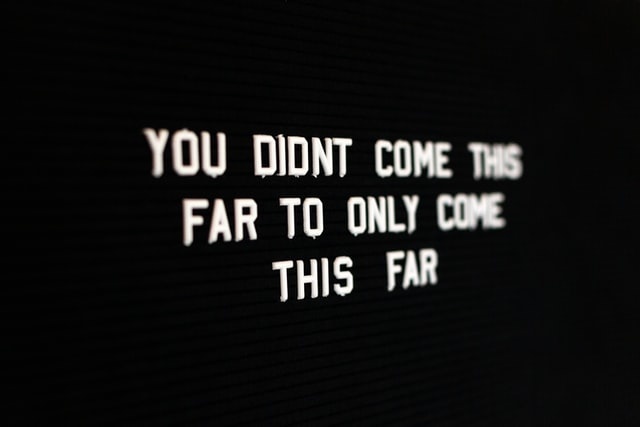
(Photo by Drew Beamer on Unsplash)
Keeping your motivation:
Often times ,individuals rely on group activities or encouragement from others to stay focused on your goals. Group activities are not too much of a reality these days unless they are with very small groups or virtual groups. But there are other ways to stay focused and keep up your motivation. Here is a list of some ideas:
- Think about how good you will feel
- Choose a fun route or activity
- Mix up the focus from speed work to easy work or other types of focused training
- Run like a kid - not as an obligation. Perhaps make a game with your kids if you have them
- Bargain with yourself - bribery works!
- Set long term strategies and post them in a visible place
- Find a running buddy or if you're social distancing, set a time to run at the same time, then call to see how each other did.
- Hire a coach!
- Get a smart watch or an app that provides feedback.
- Keep a training log which can include the following suggestions:
- Weekly quantitative goals for each activity (run 20 miles, bike 75 miles, swim 5000 yards, strength 90 minutes)
- Weekly qualitative goals (Run with quality on Tuesday & Thursday. Very easy recovery run)
- Reminder of your long term goal (improve 10k pace from 10 minute/mile to 8:30 minute/mile in 15 weeks)
- Affirmation - (remember from above) write down that you're a fast runner
- Daily
- Rank your sleep quality (1-5 where 1 is horrible, 5 is great)
- Rank your stress level
- Rank your soreness
- Resting heart rate
- Weight
- What was your workout
- What was the total time?
- Weather (hot and humid? Stormy?)
- What route did you take?
- How much time was spent in each heart rate zone (if you're training with that)
- Qualitative notes about how it went.
- Mix it up with other training. Cross training is very beneficial!
- Become a coach. If you know someone who wants to get started and you already have experience. Help that friend out giving pointers of how to get started.
- Remember, It's okay to take an occasional break. Rest is important.
Ready, Set, Go!
Be excited about it! This is your time to do what you want to do and an opportunity for you to be the best version of you that you can become.
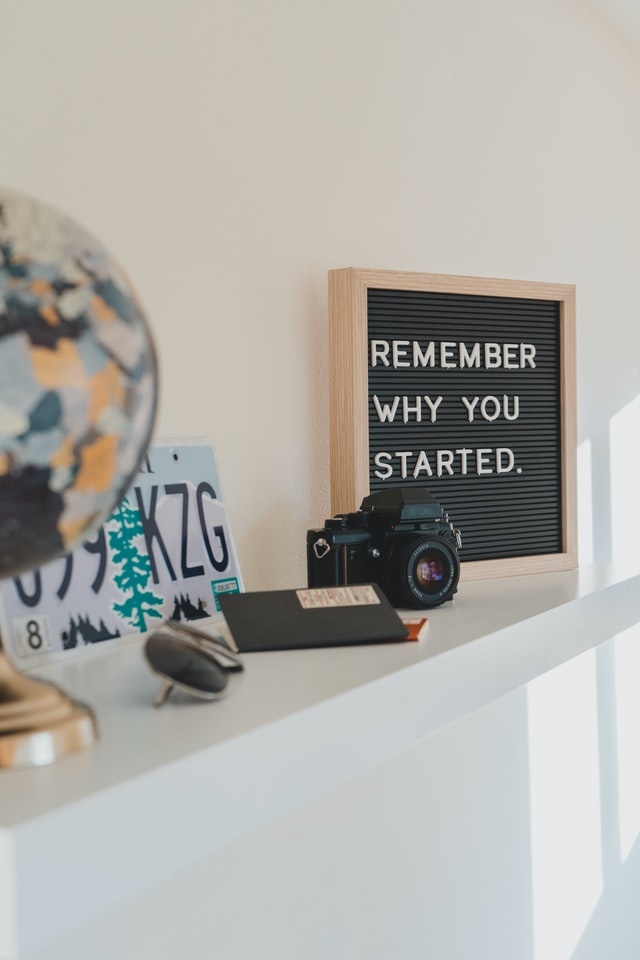
(Photo by Cristofer Jeschke on Unsplash)
Resources:
- The Inner Game of Tennis by Tim Gallwey
- Thinking Body Dancing Mindby Jerry Lynch
- https://www.mindtools.com/pages/article/newHTE_90.htm
- Complete Training Guide by Triathlon's National Governing Body
- The Complete Book of Running for Women by Claire Kowalchik
- Triathlete's Training Bible by Joe Friel


 SWIM
SWIM
 BIKES
BIKES
 APPAREL
APPAREL
 NUTRITION
NUTRITION
 COMPONENTS
COMPONENTS
 ACCESSORIES
ACCESSORIES
 Podium Multisports Blog
Podium Multisports Blog









